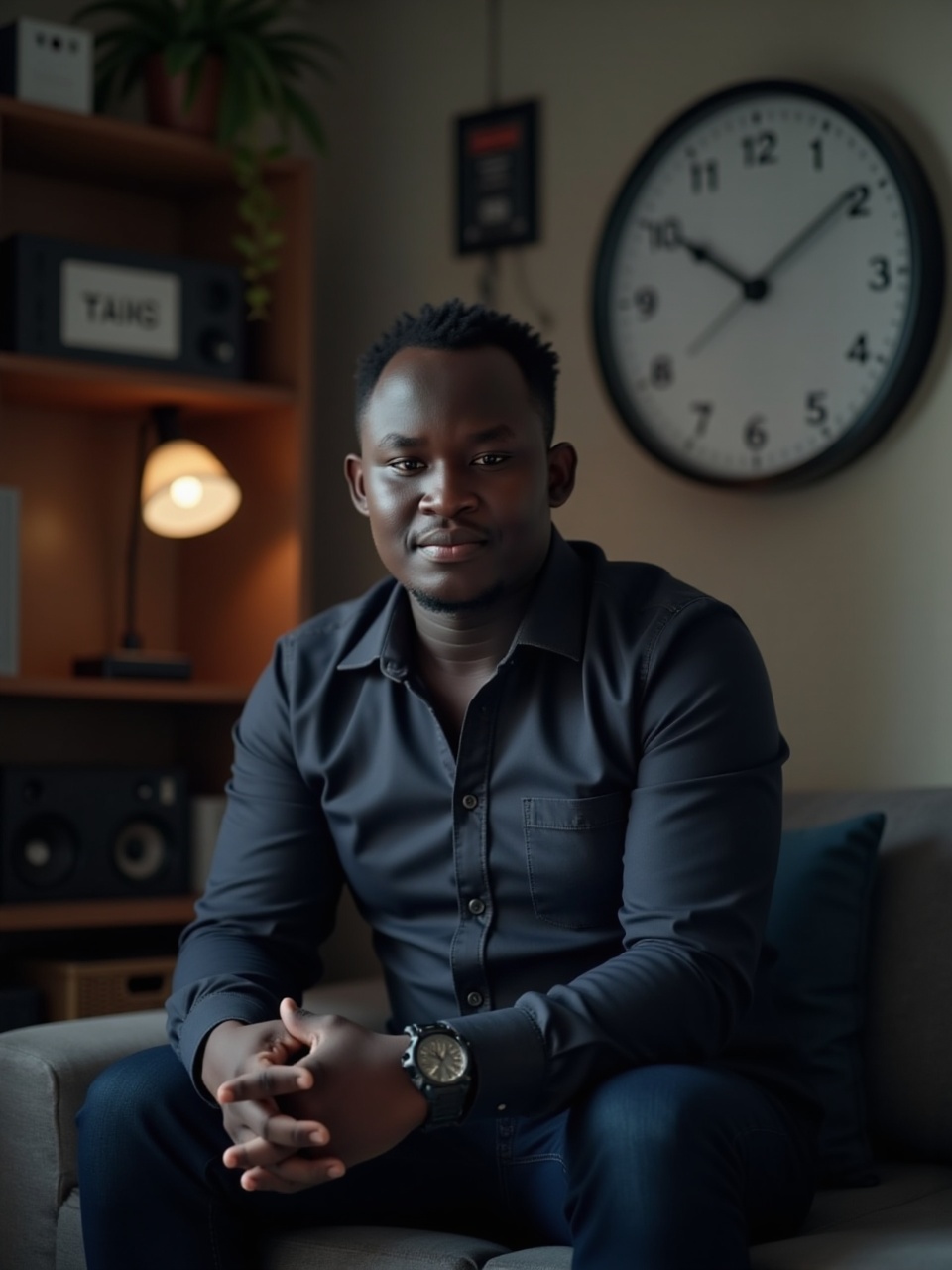In the dusty outskirts of Turkana, Kenya, the school’s computer lab had sat mostly unused for years.
The desktops worked. The students were eager. The teachers were trained. But the internet? It came and went like a passing breeze — painfully slow, often gone for days.
One morning, a small pizza-sized dish appeared on the roof, angled toward the sky. By lunch, the lab’s screens were loading YouTube videos without buffering. A class that once read about “email” in theory was now sending messages to students in Canada.
It wasn’t a miracle. It was Starlink — and it’s starting to spread across Africa.

The Internet Gap That Never Closed
Despite decades of development projects, over 60% of Africans remain offline.
- Rural areas often have no fiber or mobile coverage.
- Where there is coverage, data costs are among the highest in the world relative to income.
- “Last mile” connectivity — getting internet to the final villages — has been the hardest challenge.
Governments, NGOs, and telecoms have tried:
- Undersea cables brought high-speed internet to coastal cities.
- Mobile networks expanded coverage, but 4G and 5G remain urban luxuries.
- Satellite internet existed, but was too slow and too expensive for most.
The result? A digital divide that’s not just about access — it’s about opportunity.
What Makes Starlink Different
Starlink, built by Elon Musk’s SpaceX, isn’t the first satellite internet service. But it’s the first to do it this way:
- Low Earth Orbit (LEO) satellites orbit much closer to Earth (550 km vs 35,000 km for traditional satellites).
- This means faster speeds (up to 250 Mbps) and lower latency (20–40 ms instead of 600+ ms).
- The network can be expanded quickly — satellites are launched in batches every few weeks.
In simple terms: Starlink isn’t “slow, frustrating satellite internet.” It’s more like fiber… beamed from space.
A Farmer in Malawi and a Student in Somalia
The Farmer
John Banda, a maize farmer in Malawi, used to travel 20 km to check market prices. Now, with Starlink, he gets real-time updates on his phone. This lets him choose the right time to sell — increasing his income by 15% in a single season.
The Student
Asha, a medical student in Somalia, struggled to join online lectures during COVID-19 because of constant disconnections. When her NGO installed Starlink at the campus, she could stream live surgeries from Nairobi in HD — without missing a single frame.
The Price Problem
Starlink’s hardware costs around $600 in many African markets, plus monthly fees of $43–$120 depending on the country.
For context:
- In Nigeria, the average monthly income is around $200–$300.
- In rural Madagascar, it’s often under $100.
That means Starlink isn’t (yet) a “household” product for most Africans. Instead, early adopters are:
- Schools
- NGOs
- Small businesses
- Remote clinics
- Tourism lodges
But history shows technology prices often drop as adoption grows.
Where Governments Stand
Some countries welcomed Starlink immediately (e.g., Nigeria, Kenya). Others delayed or resisted (e.g., South Africa, Zimbabwe), citing:
- Regulatory approval
- Spectrum licensing
- Local telecom competition concerns
There’s also a geopolitical angle:
- Starlink is controlled by a private U.S. company.
- Governments may worry about data sovereignty.
The Risks
Starlink brings opportunity — but also challenges:
- Affordability – Without subsidies, rural households might still be left behind.
- E-Waste – Satellite dishes and electronics need safe disposal.
- Dependency – Reliance on a foreign company for critical infrastructure.
- Market disruption – Local ISPs may lose customers, risking job losses.
The Opportunities No One Is Talking About
- Remote Work Boom – Skilled Africans can work for global companies without relocating.
- Telemedicine Expansion – Rural clinics can consult with urban hospitals instantly.
- E-Learning Access – Students can join classes anywhere in the world.
- Local Business Growth – Farmers, artisans, and shop owners can reach new markets.
- Tourism Revamp – Safari lodges and remote resorts can offer reliable internet.
The Cultural Shift
When connectivity arrives, mindsets shift:
- Youth in rural areas start exploring careers in tech.
- Local languages appear more online as communities create content.
- Global conversations become more inclusive — Africa isn’t just “listening,” it’s speaking.
The Next Five Years
Experts predict that if Starlink:
- Reduces costs by 40–50%
- Partners with African governments for rural subsidies
- Builds local repair/support ecosystems
…then it could bring 100+ million new people online by 2030.
A Personal Vision
Imagine a fisherman in Senegal live-streaming his catch to buyers in Dakar before docking.
Imagine a young girl in rural DRC taking an MIT coding course online.
Imagine a startup founder in Namibia pitching to investors in London over a flawless Zoom call.
This isn’t “someday.” With Starlink, it could be now.
The Sky Is No Longer the Limit
When that small dish in Turkana connected the school, something shifted. The world didn’t just come to them — they joined the world.
And that’s why Starlink, if guided wisely, could change the internet — and the future — forever in Africa.



